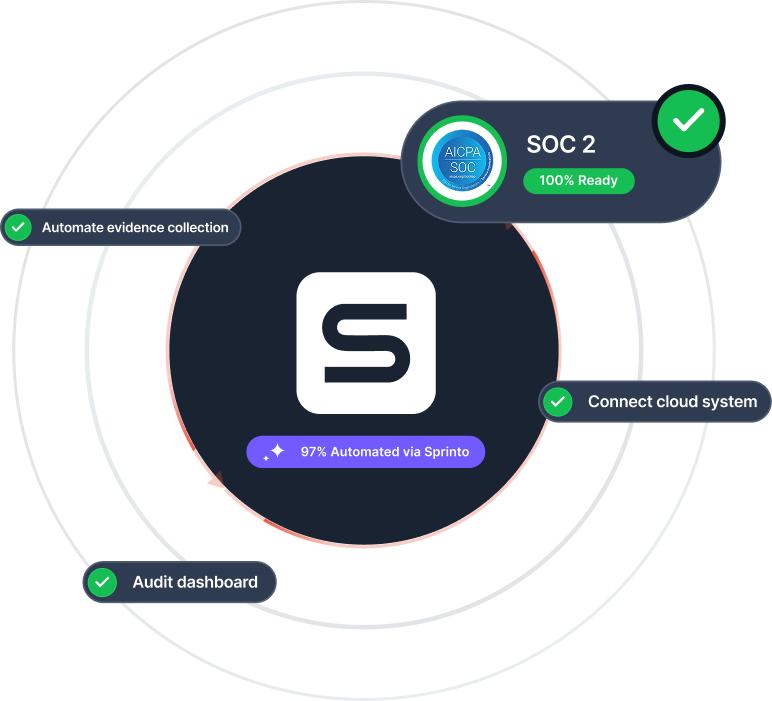Overview of Compliance Implementation Process
An Overview of Compliance
Must-Know Compliance Frameworks
Overview of Compliance Implementation Process
Overview of Continuous Compliance
Building a Compliance Paper Trail
Educating Teams for Compliance Success
Control Monitoring Overview
Evaluating Compliance Readiness Posture
Audit Management Made for Compliance
Timeframes in Compliance
Breaking Down Compliance Cost
Navigating Compliance in Startups
What Does Compliance Mean for SMEs
Aligning Enterprise Strategy with Compliance
An Overview of Compliance Benefits
What Makes Compliance Difficult
Implementing compliance isn’t a one-off task—it’s a system to be operationalized. Here’s the five-stage blueprint:
Scoping: Define what systems, assets, and processes are in-scope for the selected framework(s).
Gap Analysis: Assess where your current controls fall short of framework requirements.
Control Implementation: Roll out policies, tech safeguards, training, and workflows.
Evidence Collection: Build automated processes to log compliance activity.
Readiness + Audit: Perform internal readiness checks, then coordinate with external auditors.
For example, implementing SOC 2 may require role-based access controls, background checks, encryption at rest, and secure deployment practices — each tied to evidence and accountability.
Scoping: Define what systems, assets, and processes are in-scope for the selected framework(s).
Gap Analysis: Assess where your current controls fall short of framework requirements.
Control Implementation: Roll out policies, tech safeguards, training, and workflows.
Evidence Collection: Build automated processes to log compliance activity.
Readiness + Audit: Perform internal readiness checks, then coordinate with external auditors.
For example, implementing SOC 2 may require role-based access controls, background checks, encryption at rest, and secure deployment practices — each tied to evidence and accountability.
An Ultimate Guide to Compliance Workflow
Sprinto, your ally in all things compliance, risk, and governance.


